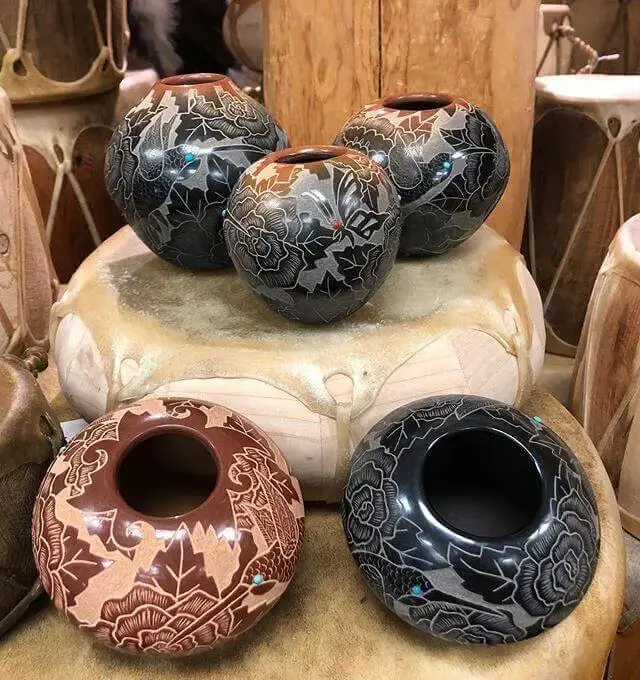The history of the Navajo Nation is a remarkable journey of resilience and cultural preservation, reflecting the tribe’s ability to adapt and thrive over centuries. From early migrations to modern-day sovereignty, their story shapes their identity and continues to inspire.
A Brief Navajo History Timeline
The Navajo, or Diné, are believed to have migrated from northern Canada and Alaska around 1400 AD, bringing with them a rich oral history and traditions. Once in the Southwest, they adapted to the arid environment, developing sophisticated farming techniques and forging a deep connection with the land. Their agrarian lifestyle was complemented by hunting and gathering, creating a self-sustaining community.
The 16th century marked a significant shift when the Spanish arrived, introducing sheep and horses. Sheep became central to their economy, and weaving wool into intricate textiles became a hallmark of Navajo culture. However, the mid-19th century brought severe challenges. Following conflicts with U.S. forces, the Navajo faced forced removal during the Long Walk of 1864, a harrowing 300-mile march to Bosque Redondo. Thousands suffered along the way. Despite this, their return to their homeland in 1868 symbolized a new era, fostering a strong sense of unity and resilience that continues to define the Navajo people.
What Makes the History of the Navajo Tribe Different?
The history of the Navajo tribe is unique due to their ability to blend traditional practices with new influences while maintaining cultural integrity. Unlike many tribes, the Navajo adapted Spanish livestock and weaving techniques, creating a distinctive economy centered around sheep herding and the renowned Navajo textiles. Furthermore, their steadfast spiritual beliefs and governance systems, such as the establishment of the Navajo Nation Council in 1923, demonstrate their commitment to self-determination. Their resilience in the face of challenges, including forced relocations and assimilation policies, highlights a deep-rooted connection to their land and heritage.
How Navajo Culture and Beliefs Influenced Their Art
Navajo culture and beliefs are intricately woven into their art forms, particularly weaving, silversmithing, and sandpainting. The vibrant patterns of Navajo rugs symbolize stories, landscapes, and spiritual themes. Similarly, Navajo silverwork often incorporates turquoise, representing sky and water, vital elements in their cosmology. Sandpaintings, used in healing ceremonies, convey the tribe’s spiritual narratives, connecting the physical and spiritual realms. These artistic traditions serve as a testament to the Navajo’s enduring cultural identity and offer insights into their worldview.
Where Is the Navajo Tribe Located Today?
Today, the Navajo Nation is the largest Native American reservation, spanning parts of Arizona, New Mexico, and Utah. Centered in Window Rock, Arizona, it covers over 27,000 square miles. This vast expanse reflects their historical connection to the Southwest and provides a space where traditional practices coexist with modern advancements. Visitors can explore landmarks like Canyon de Chelly and Monument Valley, gaining insight into where the Navajo tribe is located today and the enduring legacy of their history.
To learn more about Navajo art, culture, and traditions, contact Palms Trading, a leading Native American art trading company, for authentic pieces that tell their incredible story. We offer everything from Native American jewelry to Native American pottery and more!



